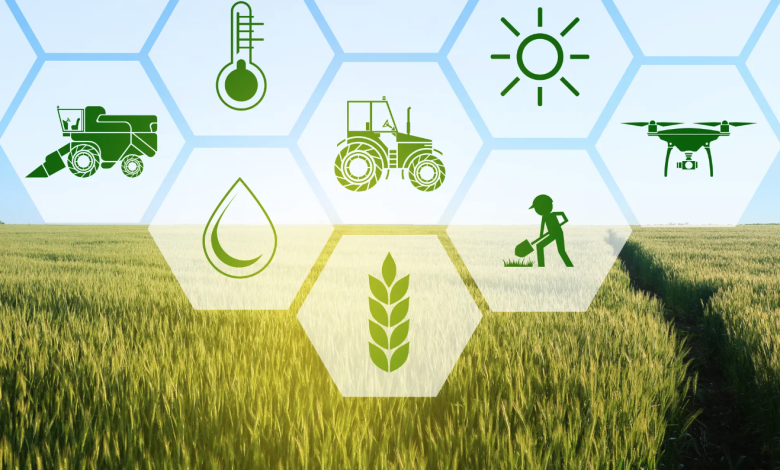Common Agricultural Policy and big data: little exploited potential
(Sustainabilityenvironment.com) – The budget of the CAP (Common Agricultural Policy) is 408 billion euros for the period 2014-2020, which corresponds to about a third of the budget of the European Union. This amount of funding must be managed in the best possible way, through big data.
The European Court of Auditors’ report “Data in the common agricultural policy” however considers that the European Commission does not use the potential offered by data to analyze and elaborate on the CAP.
What is big data? We consider big data definition as data that are too complex or too large for traditional data-processing systems, and that require advanced tools and computing power.
Developing strategies for agriculture
According to the European Court of Auditors, the Commission uses instruments that do not provide the essential information for developing agricultural strategies.
The CAP enables the Member States to achieve the main objectives of agriculture: from the security of food supply to strengthening environmental protection, the maintenance of farmers’ livelihood and the development of rural areas.
But we need a great deal of data to determine whether the various measures of the CAP are achieving their objectives. This was underlined by Joëlle Elvinger, the Member of the European Court of Auditors responsible for the report: “Data is essential to develop sound policies and big data is becoming the reference standard in agriculture as well. The Commission should strengthen data analysis and make greater use of the potential of big data to analyze the CAP on the basis of a wide range of concrete elements”.
Data shall not be transmitted in a single format
Behind it all, there are basic problems. For example, Member States do not transmit data in a single standardized format that would make it easier to use and share them. It is also not easy to combine farm data from different sources and there is no unique identifier.
In addition, the Commission does not collect sufficient data on the use of fertilizers and pesticides or on agronomic practices having an impact on the environment.
Since the Commission has limited access to Member States’ data on agricultural holdings and activities, it is difficult for it to obtain a detailed picture of the distribution of Community funds.
Read also Banca Nazionale delle Terre Agricole, new auction for agricultural land
It is also true that agriculture is one of the areas where digital innovations are becoming increasingly indispensable and increasingly used: administrative registers and questionnaires, mobile phone apps, satellites, drones and precision agricultural machinery.
Conventional instruments are outdated
It is not that the European Commission is inactive. The Directorate-General for Agriculture (DG AGRI) is studying how to share data from the Integrated Management and Control System (IACS), the main administrative system for agriculture in the EU.
The problem is that the Commission still uses conventional tools, such as spreadsheets, to manually analyze data collected in the Member States and does not use big data analysis techniques for automated data extraction.
It also lacks automated or semi-automated processing tools to analyze such data, while acknowledging its benefits.
Finally, very few computer systems used by the Member States and the Commission to manage the CAP apply predictive or prescriptive analysis, which would be useful for planning or developing the CAP.






